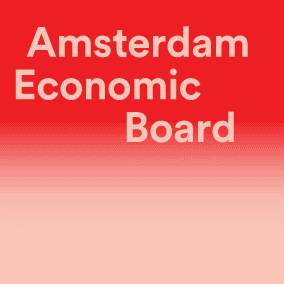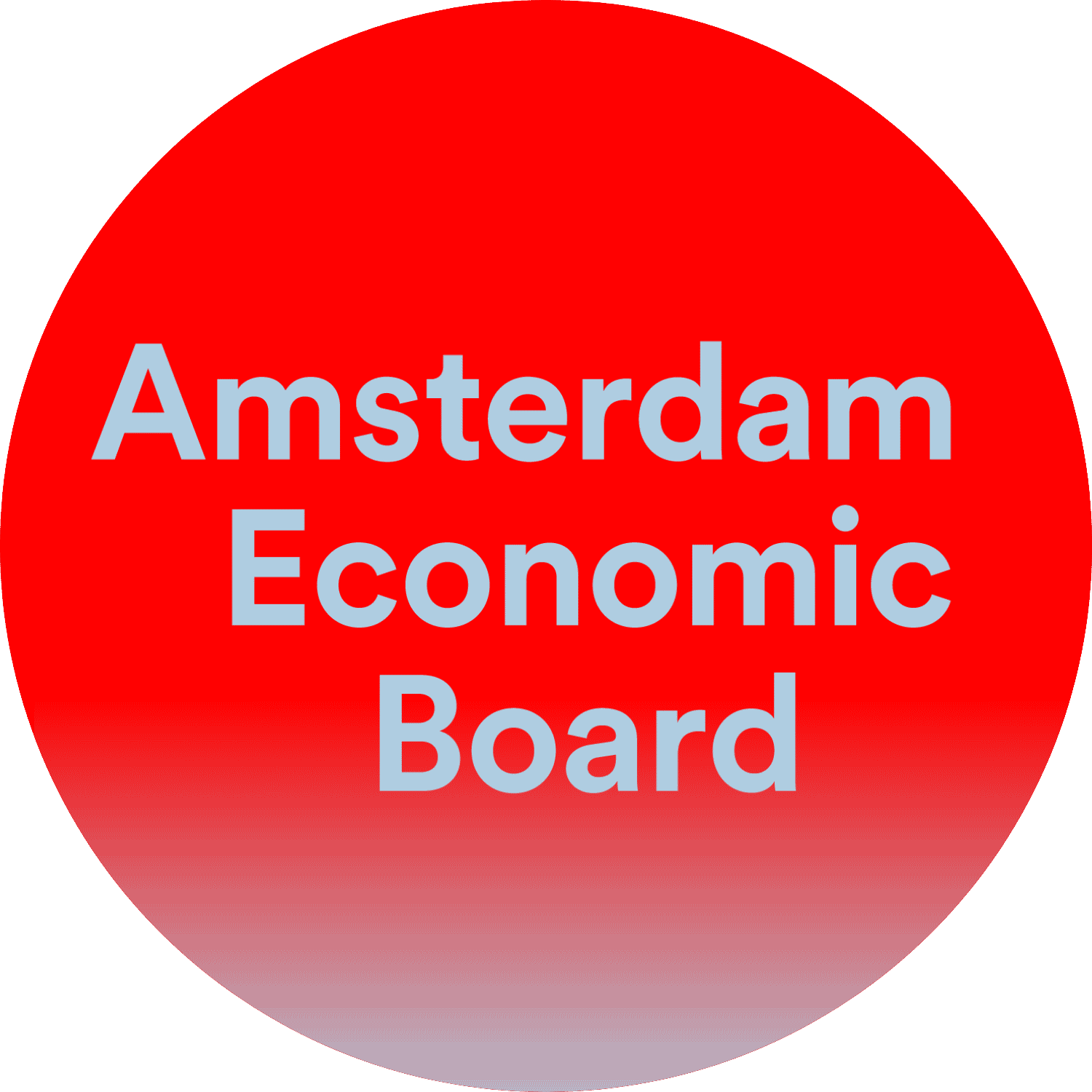Half a million data servers a year discarded in the Netherlands
The Amsterdam Metropolitan Area is one of the biggest data centre hubs in the world. The economy is digitising and there is an explosion of demand for server capacity to run data-driven applications such as video streaming, online games, self-driving cars, the Internet of Things or blockchain applications. All this data has to be stored on servers, which are often housed in data centres. Apart from the huge market for new IT equipment the region offers, this also means that a growing stream of used equipment is becoming available. Can we organise this according to circular principles so that valuable raw materials circulate as long as possible in the region’s economy?
This question prompted the Amsterdam Economic Board, ICT Milieu, Iron Mountain and Hewlett Packard Enterprise, supported by Green IT Amsterdam, to find out more about the market, purchasing policy, server lifespan and disposal, and potential action to promote high-grade recycling at regional level. The consultancy FFact was commissioned to conduct research on circular data servers. The results show that every player in the chain can contribute to maintaining value, from producers and dealers to equipment owners and data centres. Increased awareness among players throughout the chain can generate value. The report presents the possibilities in the field as a first step. It is up to the chain to take the next step, take action and seek collaboration with other players.
What are the five most important insights in the report?
- An estimated half a million servers a year are discarded in the Netherlands, of which 37% in the Amsterdam Metropolitan Area: Based on the figures for 2016, the number of servers in Dutch data centres is estimated to be around 4.3 million, of which 1.5 million (37%) in the AMA.
- More than half of the discarded servers are exported abroad for re-use: There is nothing wrong with this in principle. The problem is that the equipment disappears from view, because there are no central records for export for re-use. It is not clear what happens to the equipment at the end of its lifespan. Parties in the chain should make efforts jointly to establish central records for export for re-use, recording volumes and destination countries. Equipment exported for re-use may be deducted from the put-on-market figures on the basis of which the achieved collection percentage is calculated.
- A little more than a third of all servers disposed of in the Netherlands are recycled or refurbished: Of all discarded servers, 24% are processed by certified recyclers to produce raw materials. Most of these recyclers are in the Netherlands. Dutch refurbishers process and sell 13% for re-use. Around half are exported.
- Many more servers are discarded than are put on the market: The research shows that many more servers are discarded than are put on the market. The reason is the increasing energy efficiency of new servers, the optimisation of energy management and capacity usage in existing server environments, and application of more efficient cloud-based solutions for IT systems. The result of all these developments is that fewer servers are needed for a given workload.
- Throughout the chain there are opportunities to conserve raw materials and generate revenue through intelligent recycling and cooperation: When equipment reaches the end of its lifespan, it does not always mean that it is disposed of. Commercial IT service providers in particular are able to use a server again and again for different applications. A server’s average lifespan on disposal can therefore be as long as 8 to 10 years.In addition, the way in which servers are housed and configured has a major effect on their energy use and lifespan. Firstly, insight into the inventory of users and owners is not always available: what is the server capacity and where is it located? At what point is it disposed of? Secondly, many organisations rarely (if ever) stop to consider their data management; questions concerning the necessity to store data or high-performance applications are not always asked. Organisation should be more aware of the energy efficiency of their own IT environments. Through optimisation it may be possible to limit the purchase of new equipment.Then there are opportunities for recyclers, refurbishers and IT Asset Disposition (ITAD) services to cooperate and offer owners the best possible advice on the most suitable route for each type of equipment. This should take into consideration not only the demand for refurbished equipment and the conservation of materials by means of recycling, but also data security and the total costs or revenue.Purchasing organisations should realise that they are able to control the use and recycling of equipment from the time of purchasing the equipment or services. Producers and resellers can provide advice for establishing IT requirements. At the time of purchasing, recyclers and refurbishers can determine the possible routes that equipment takes after disposal.
It’s the chain’s move
By setting joint aims, for example regarding the use of refurbished equipment, recycling and the reduction of energy use and emissions, parties in the chain can increase the value of the chain as a whole.
Are you interested to find out how, as an owner user or data storage provider, you can conserve materials better and profit from operating according to circular principles? Custom-made advice is included in appendix 2 of the report, describing commercial prospects for each party in the chain.
If you like to know more about the market for IT equipment and data servers, see the full report here (in Dutch).
Role of the Board
The Amsterdam Economic Board helped to set these developments in motion by conducting thorough market research and bringing together the parties concerned within the scope of the Board’s resource transition programme. This is the collaborative programme in which waste streams such as textiles are combined and upgraded at the scale of the Amsterdam Metropolitan Area to create new material streams.
Read more
This is part 1 of a series of articles on the Amsterdam Metropolitan Area’s material transition programme.
- Article 1: Half a million data servers a year discarded in the Netherlands
- Article 2: High-grade food waste processing
- Article 3: Roadside grass as a green raw material
- Article 4. Major steps in e-waste: recycling electronic equipment
- Article 5: Pilot launched to recycle millions of diapers
- Article 6: From discarded textile to new thread
- Article 7: Organic waste: the start of something beautiful
25 June 2018
Read more about
Contact us
Want to keep up to date?
Get the best regional news and events (in Dutch) via the Board Update newsletter
Share this news
Want to keep informed?
Follow us daily on LinkedIn and sign up for the Board Update newsletter.
Read more
- What AI applications are we already deploying for healthcare and wellbeing? What ...
- Adyen is one of the great success stories of Amsterdam’s tech ...
- Together with enthusiastic partners in three coalitions, the Amsterdam Economic Board is ...


